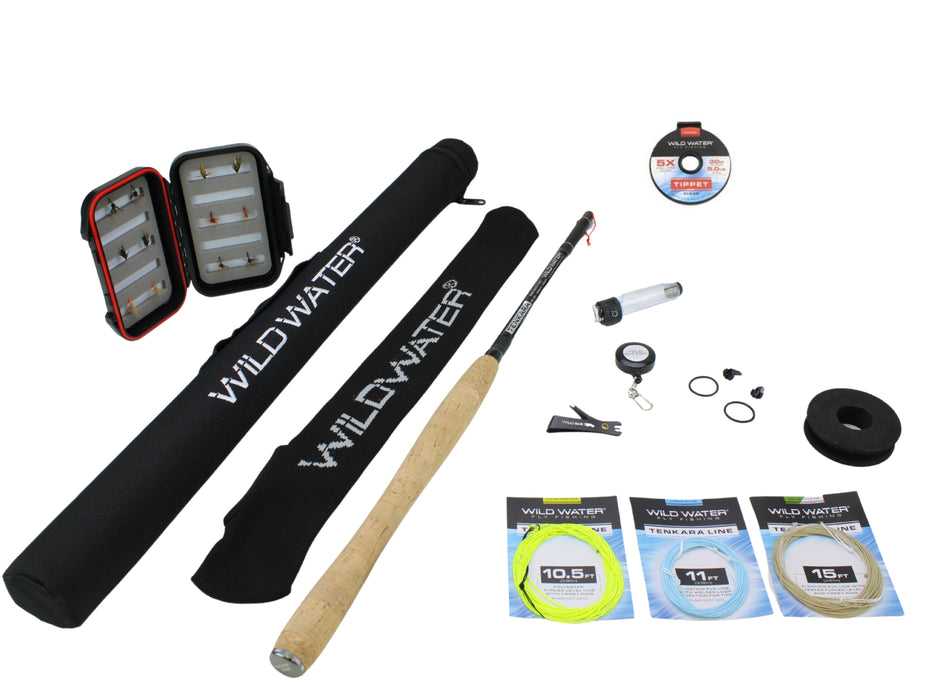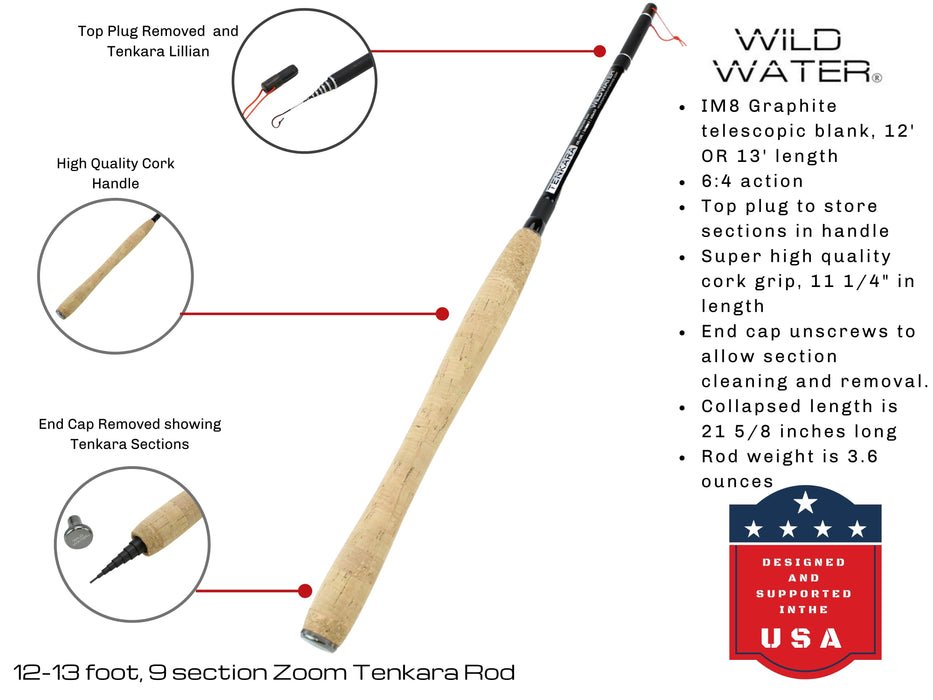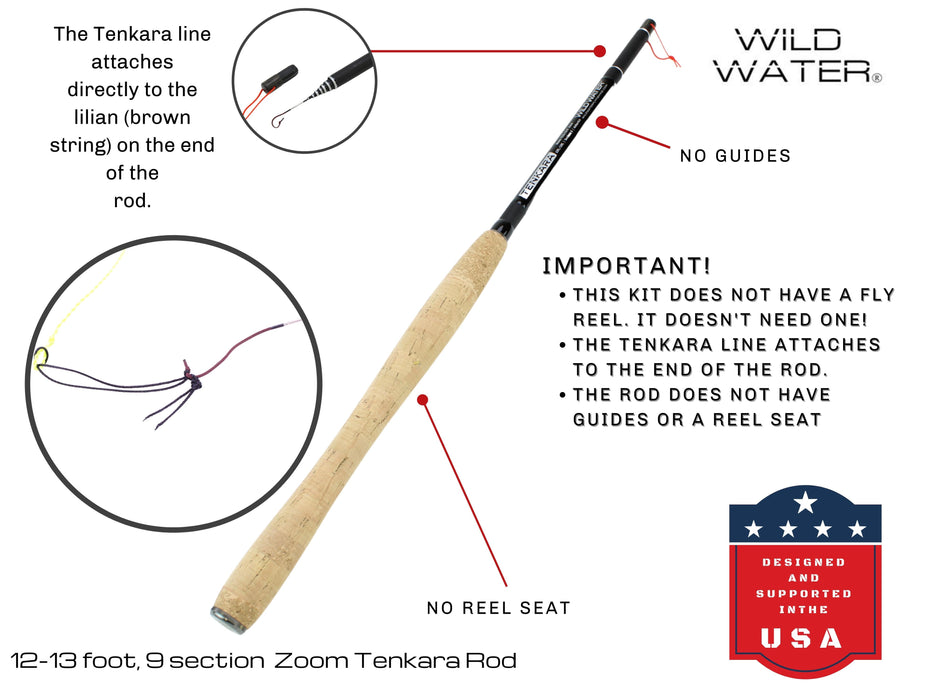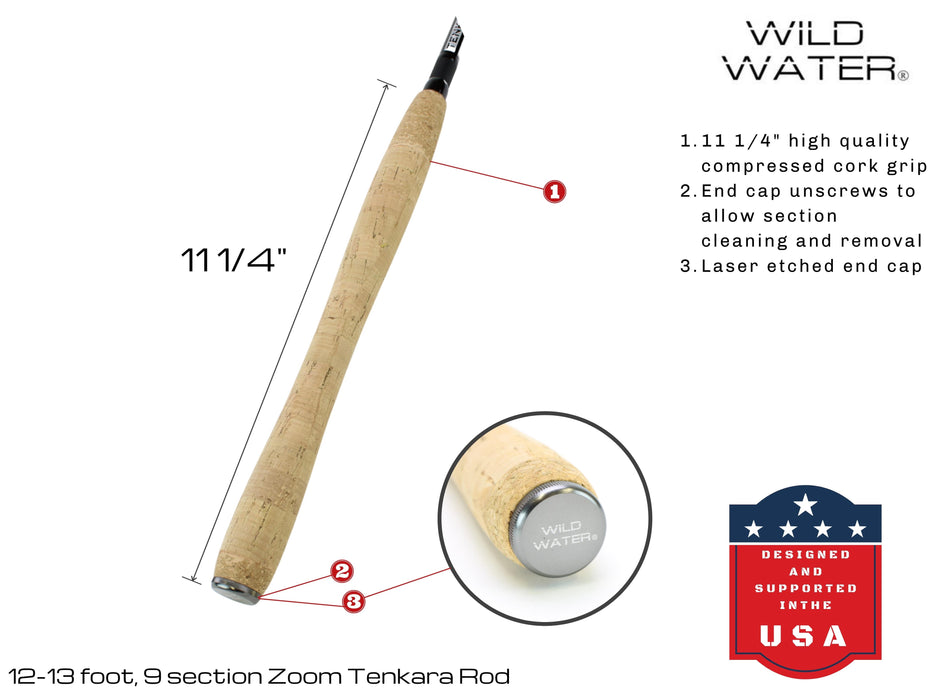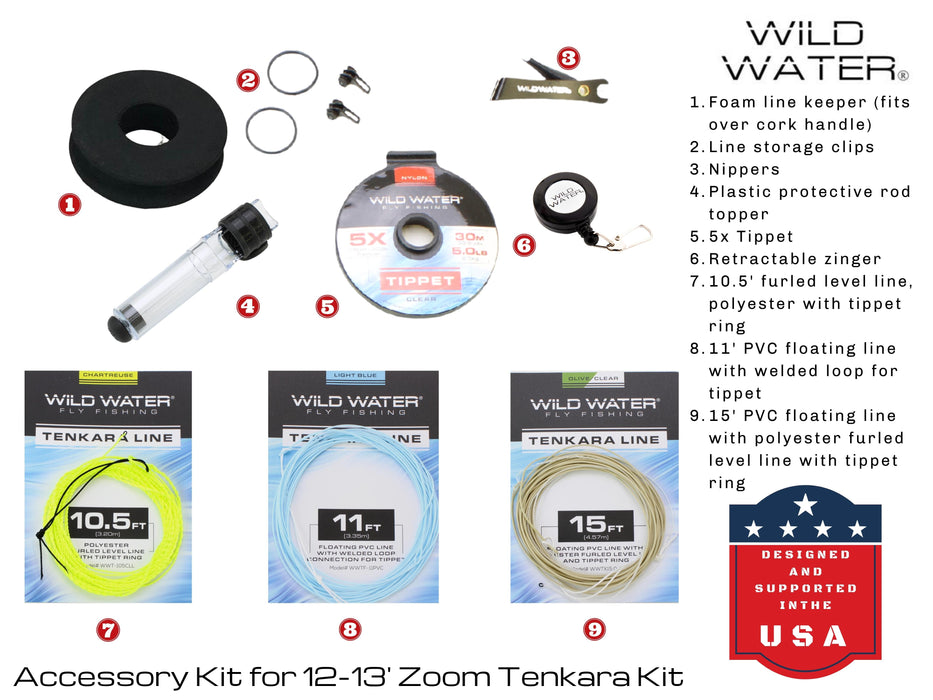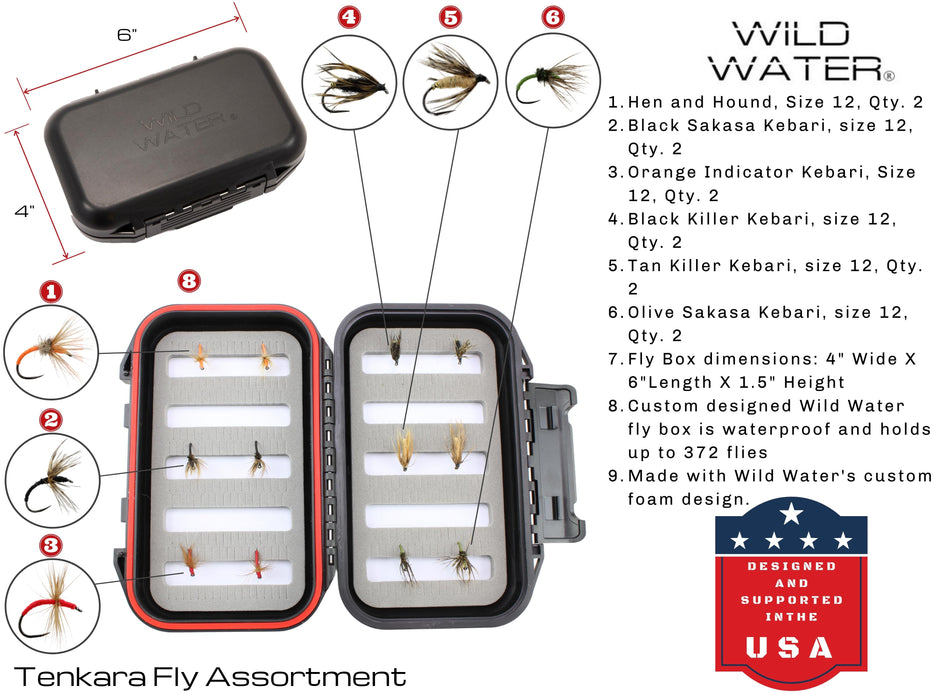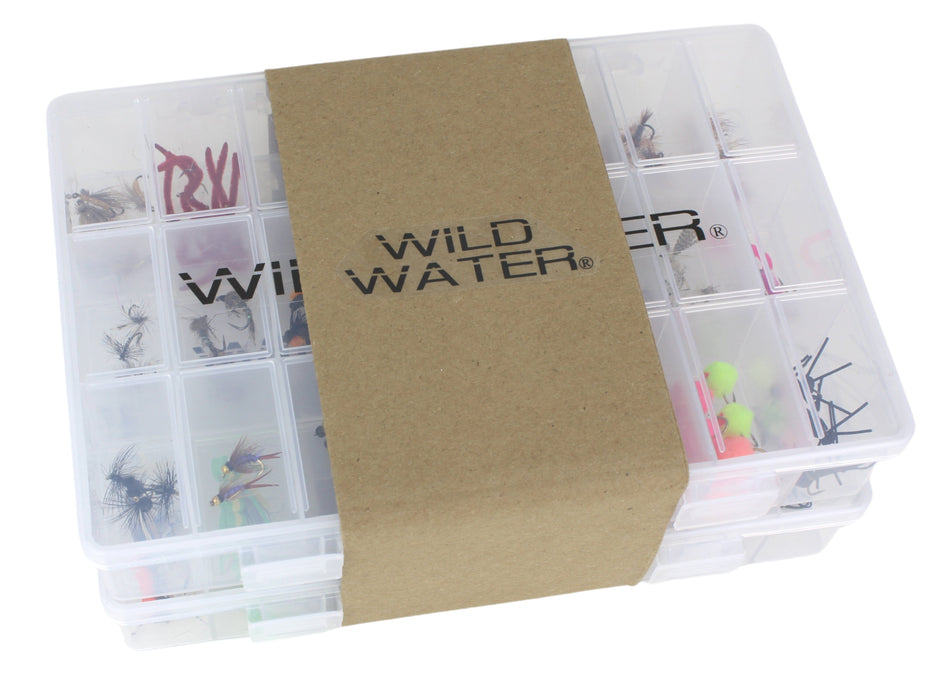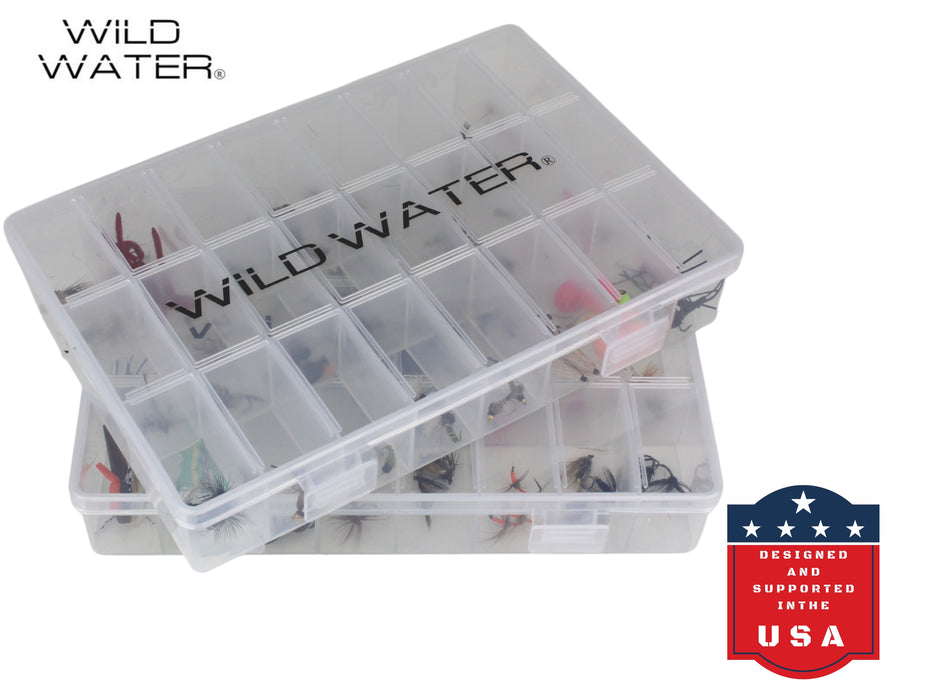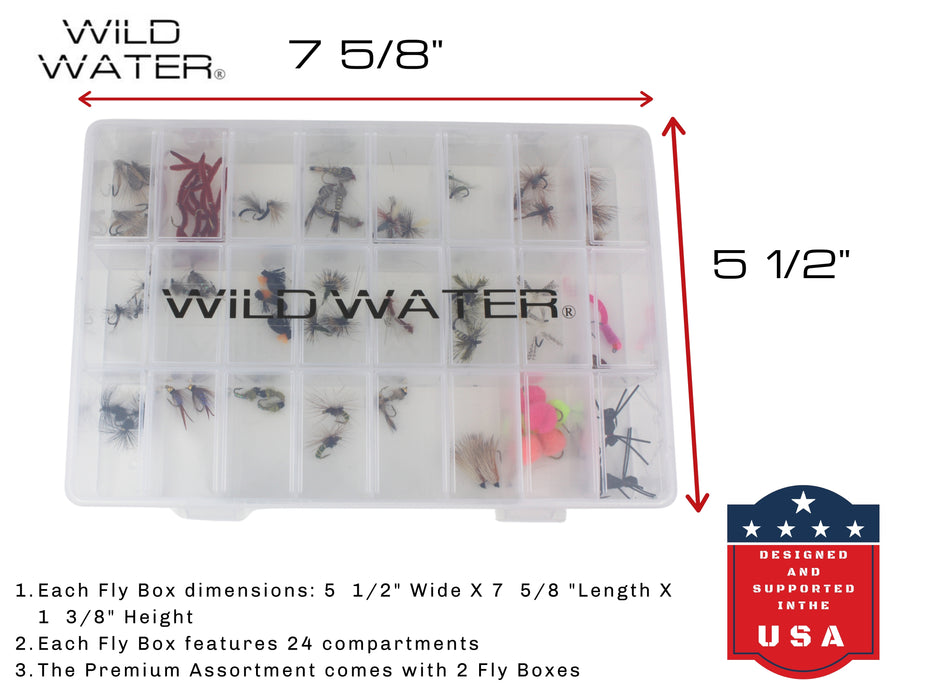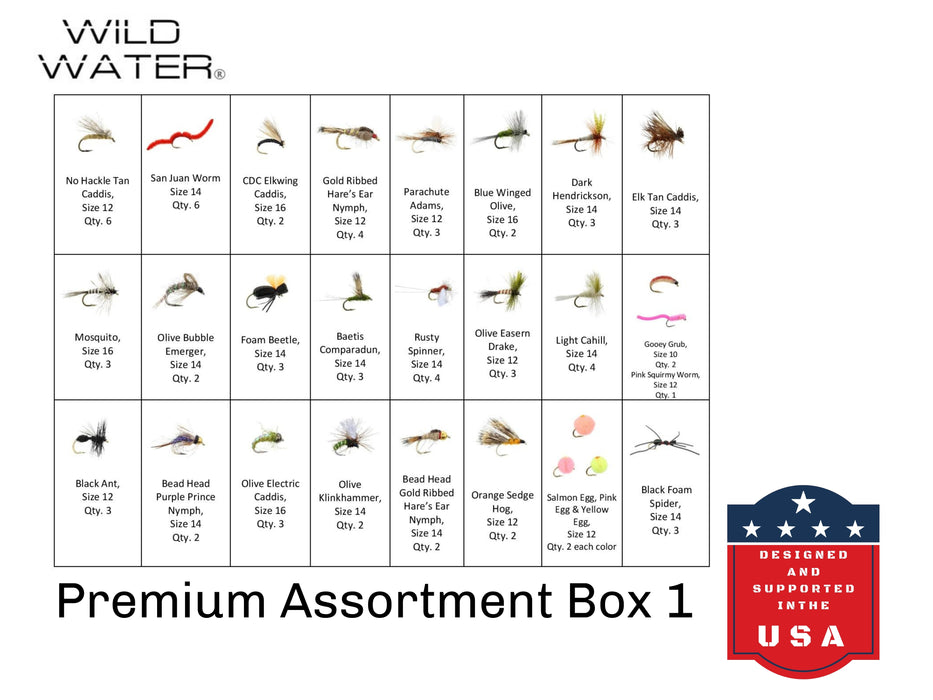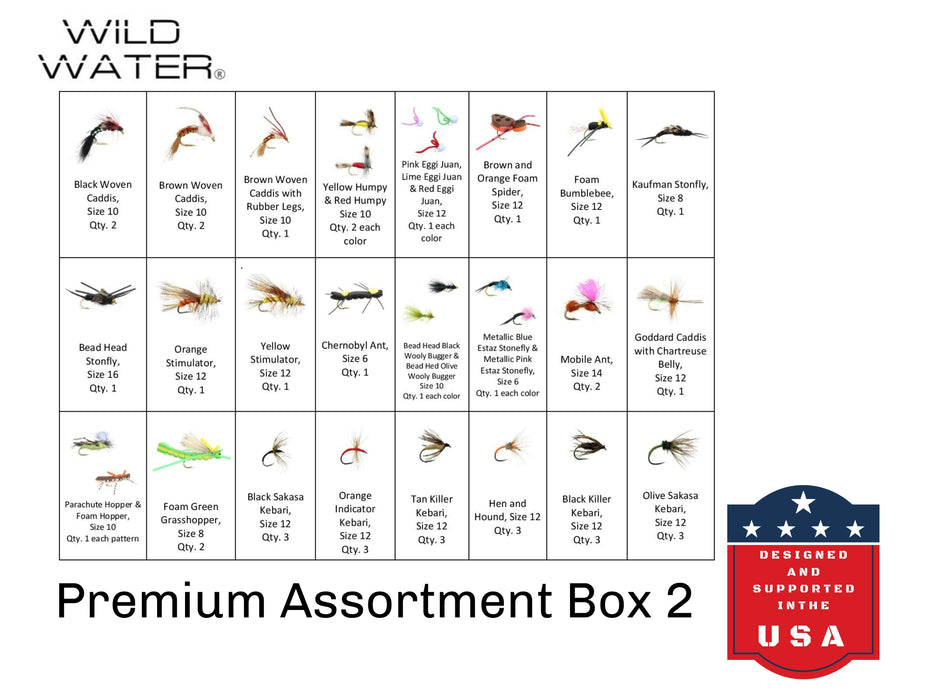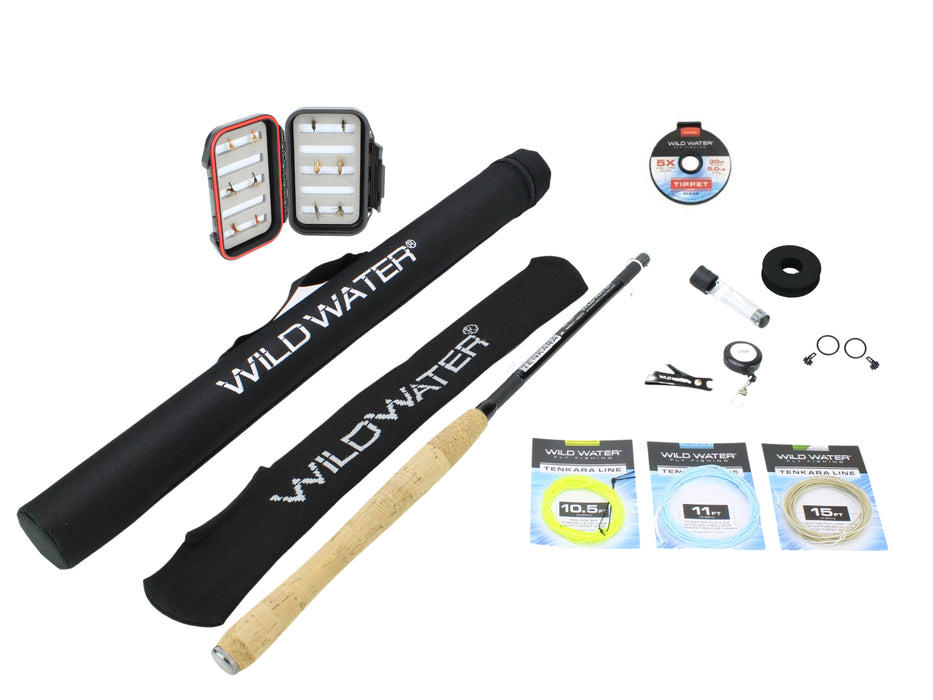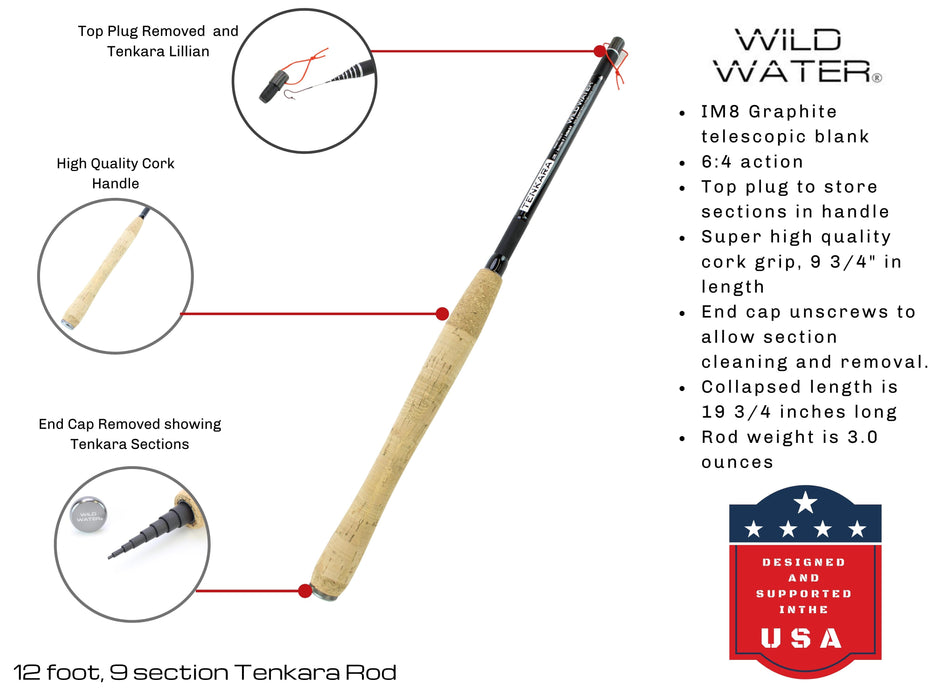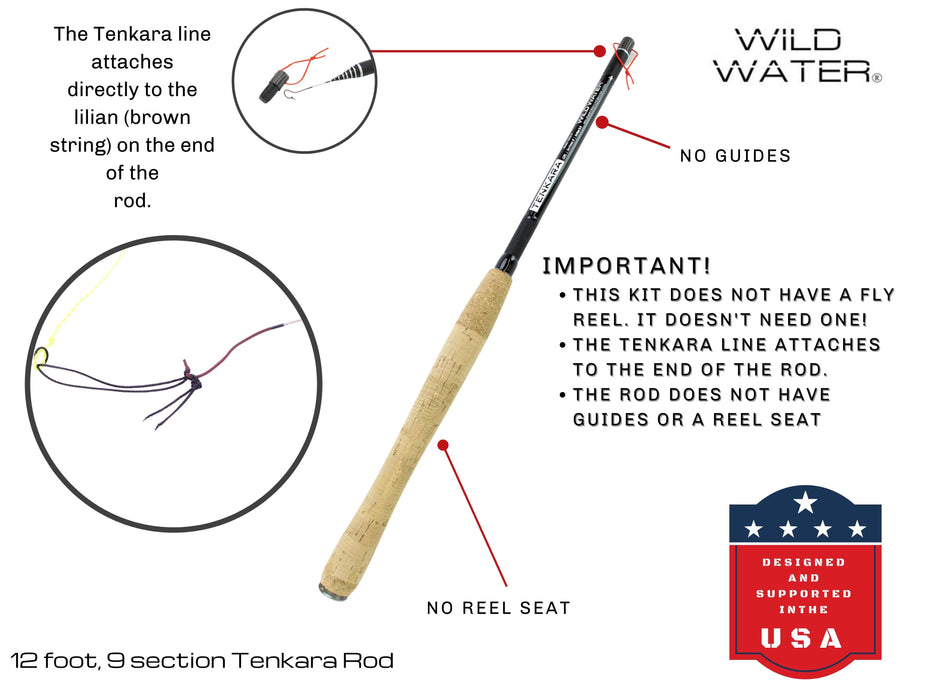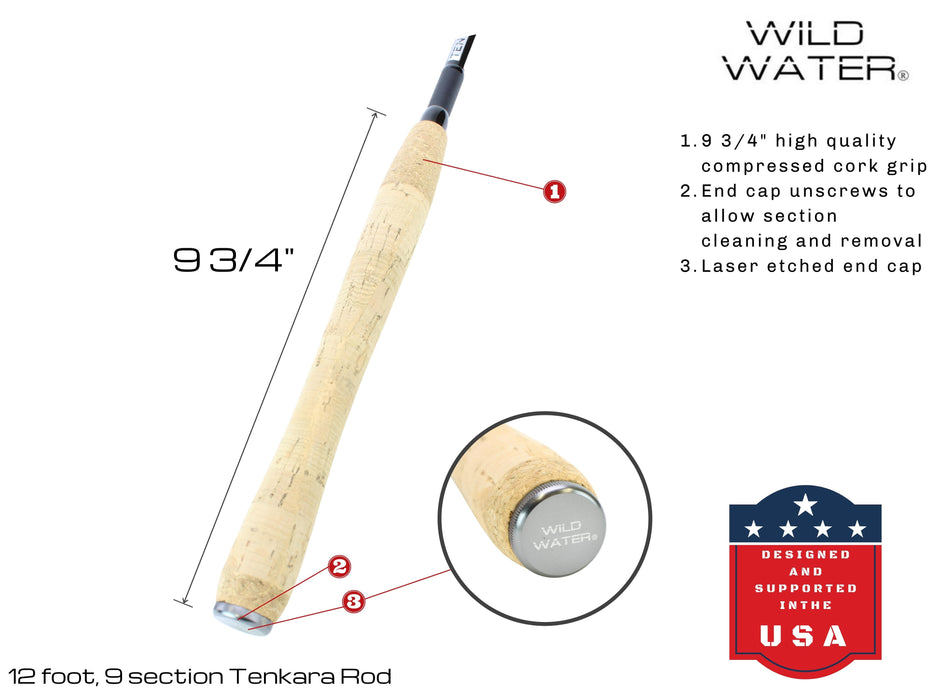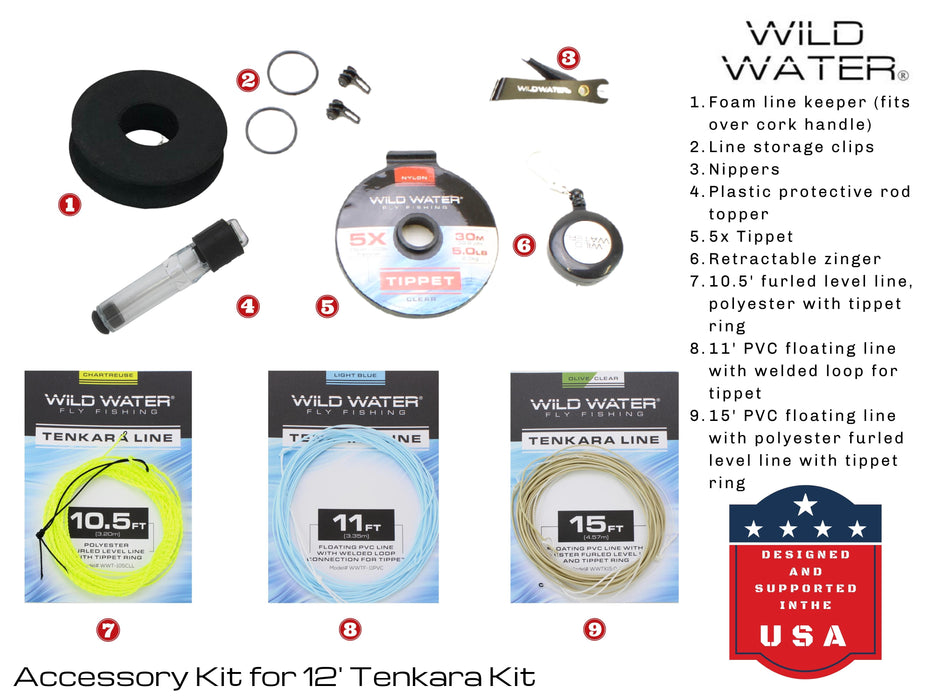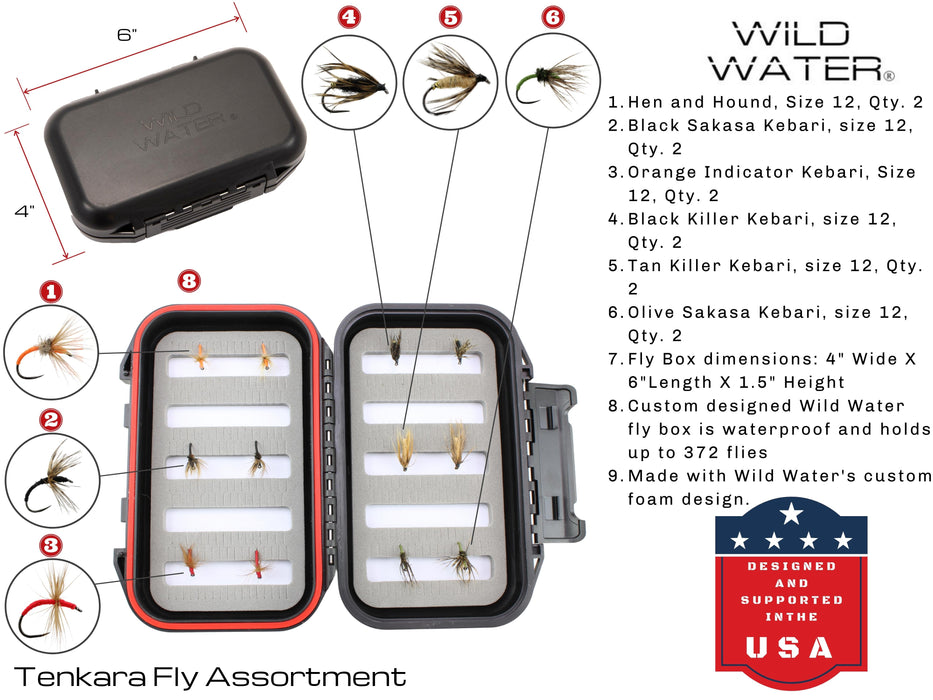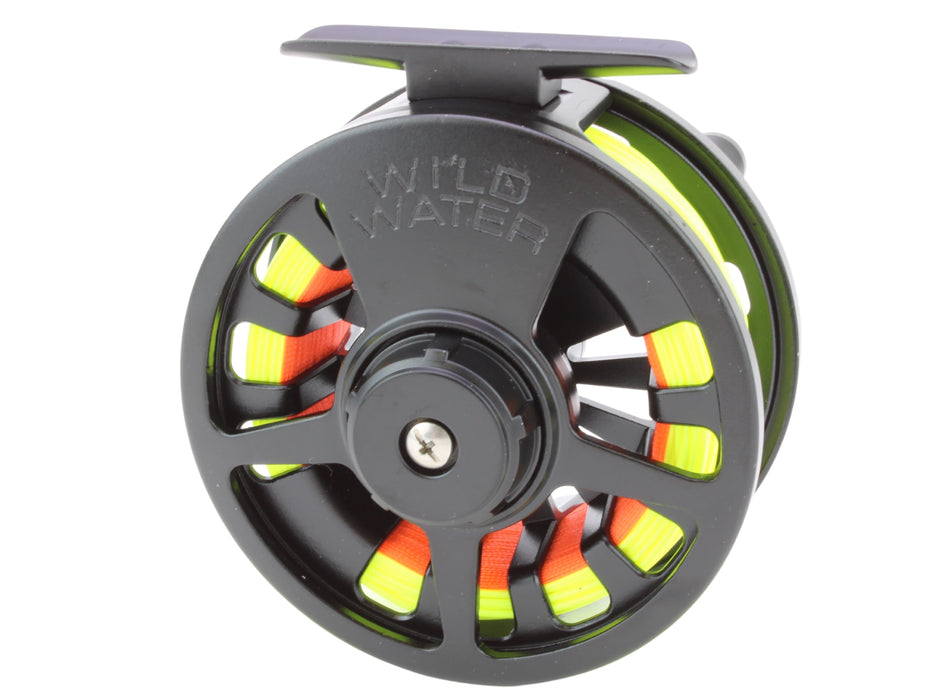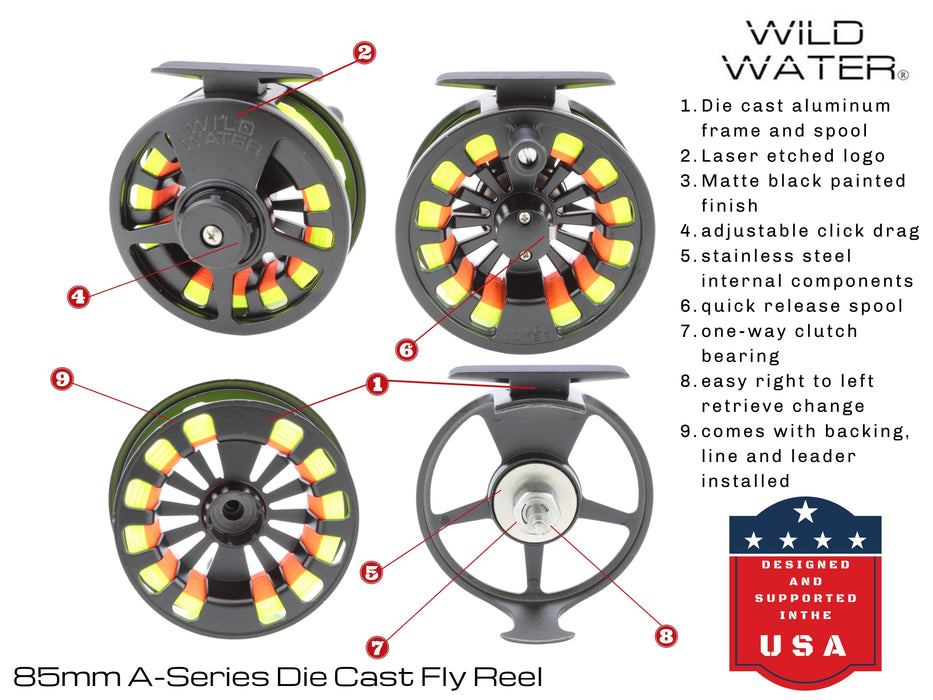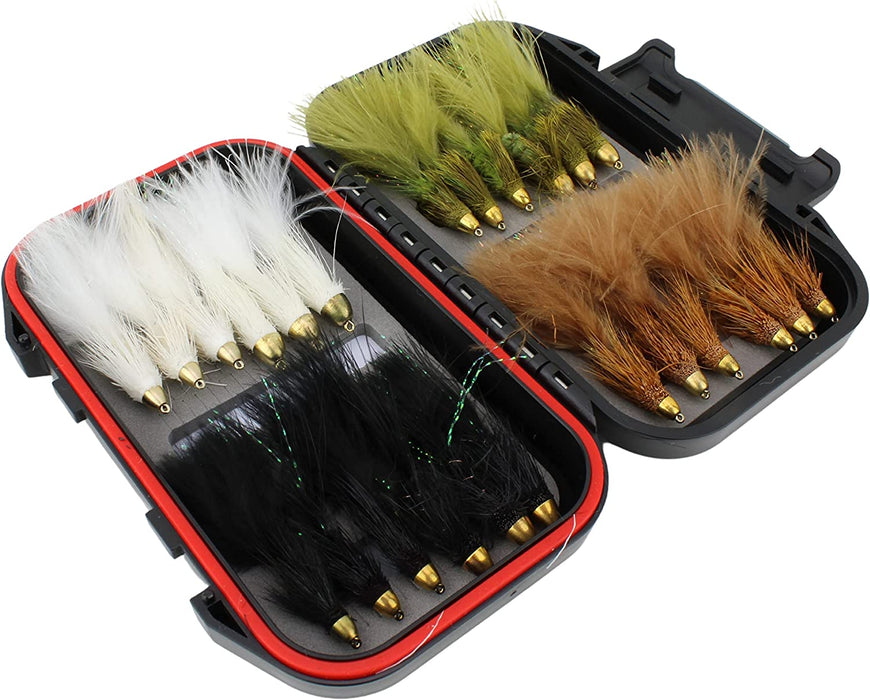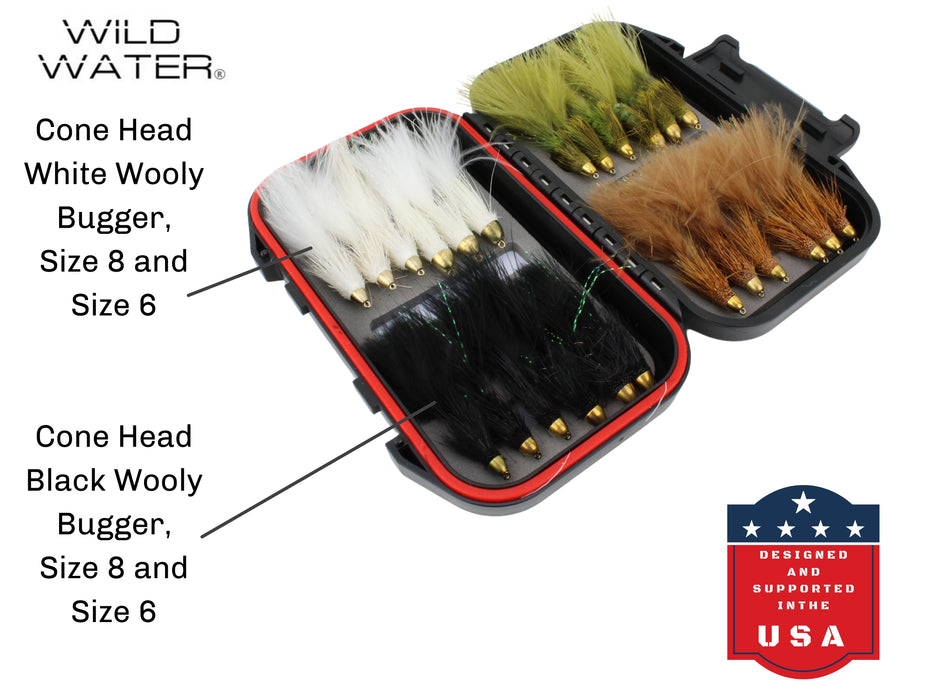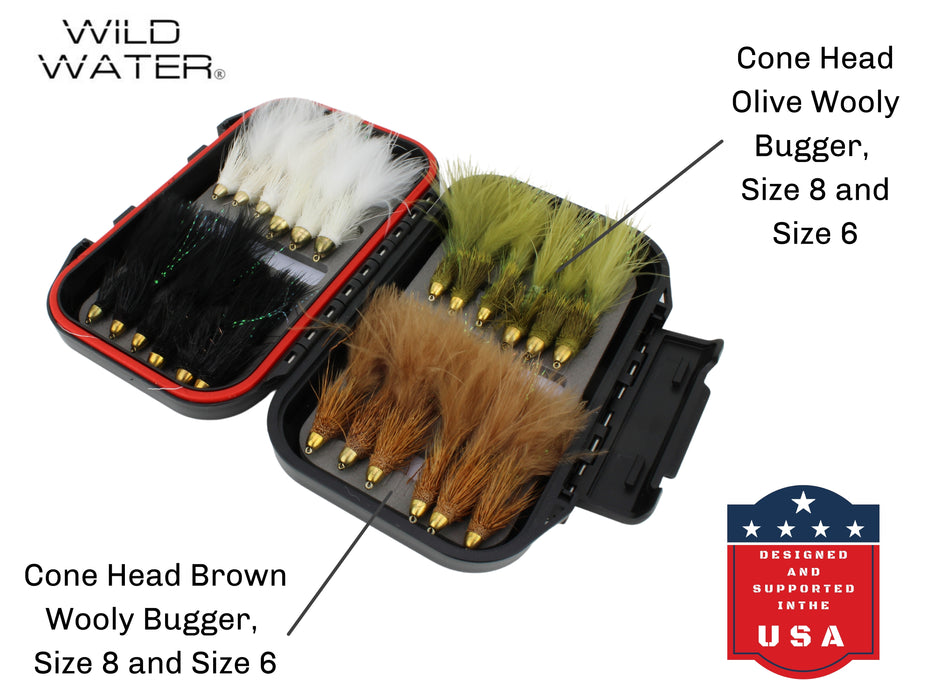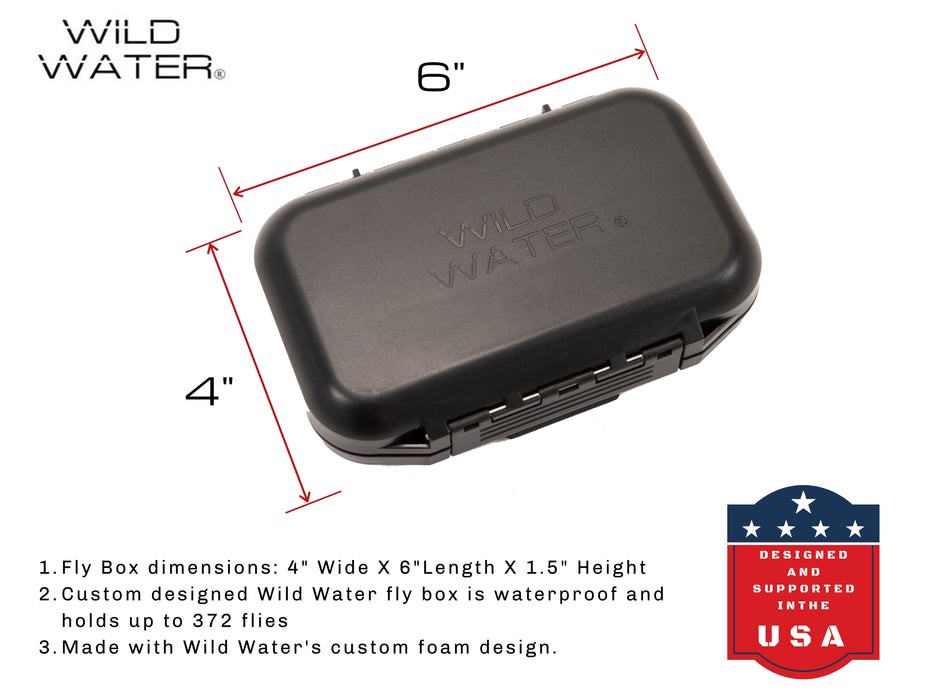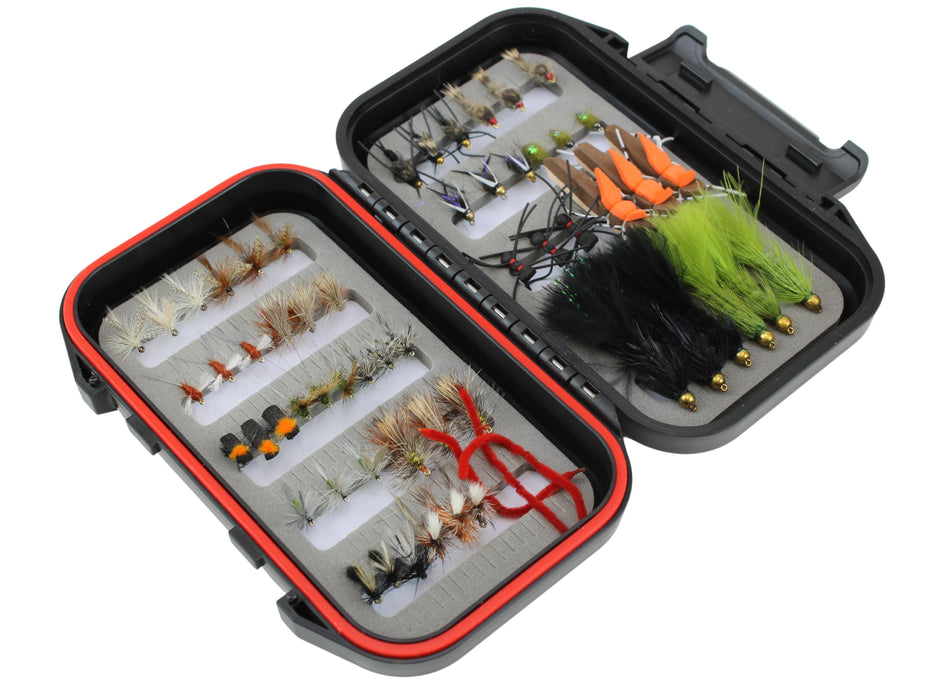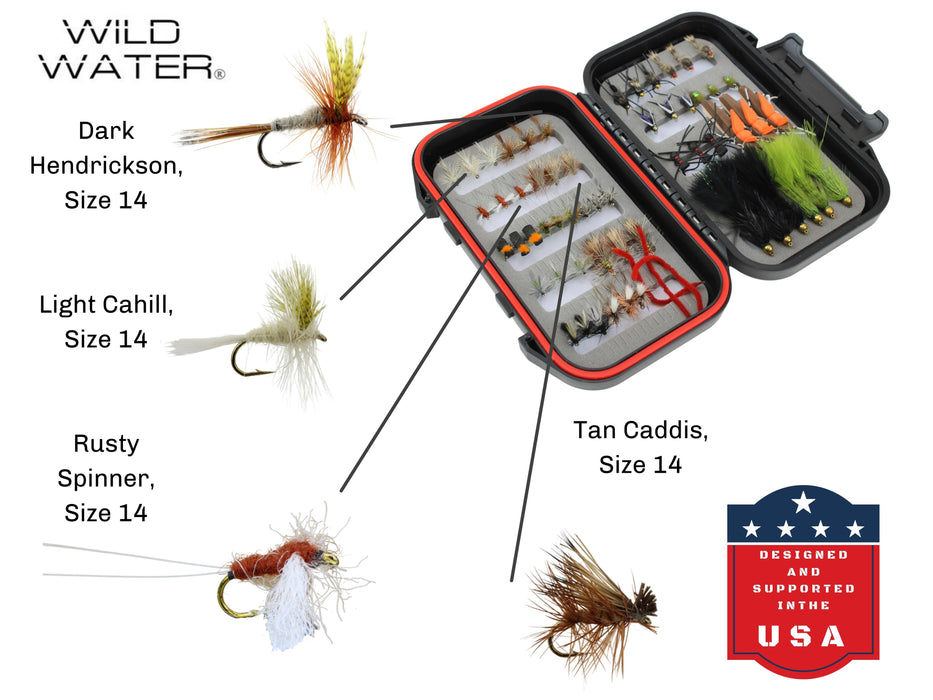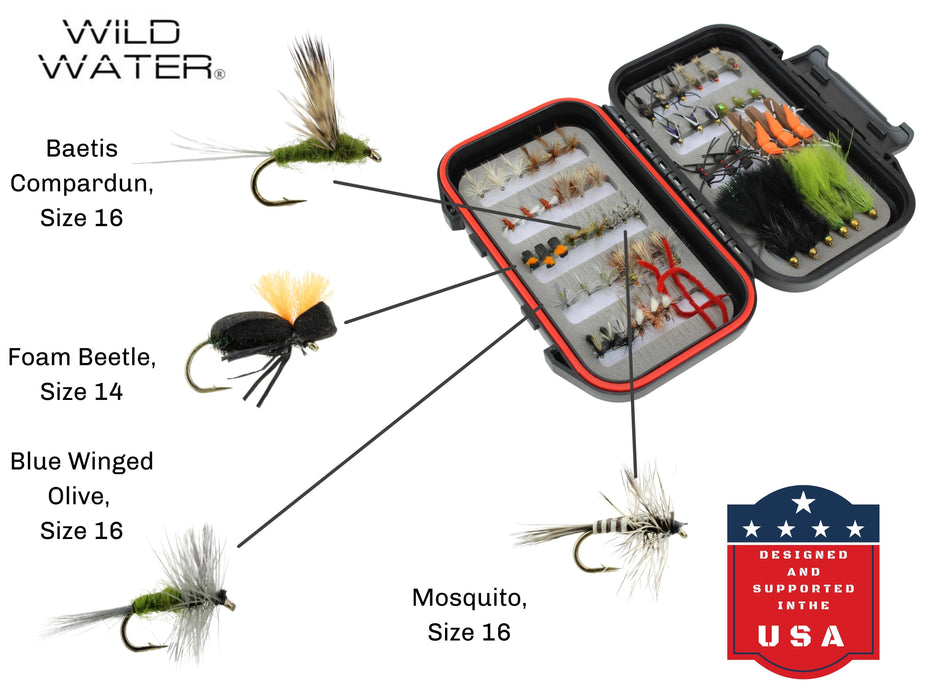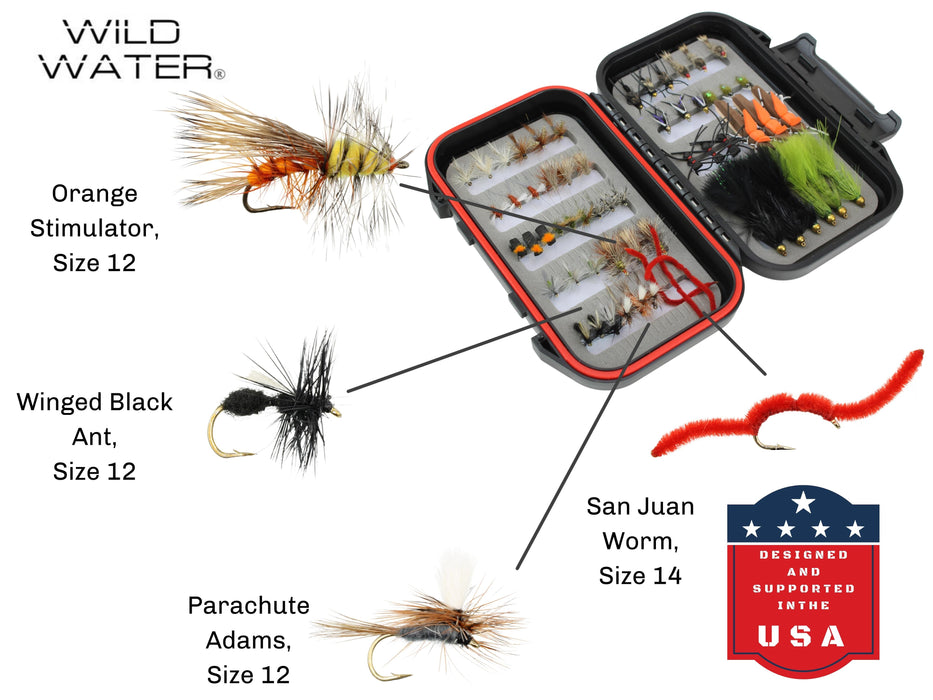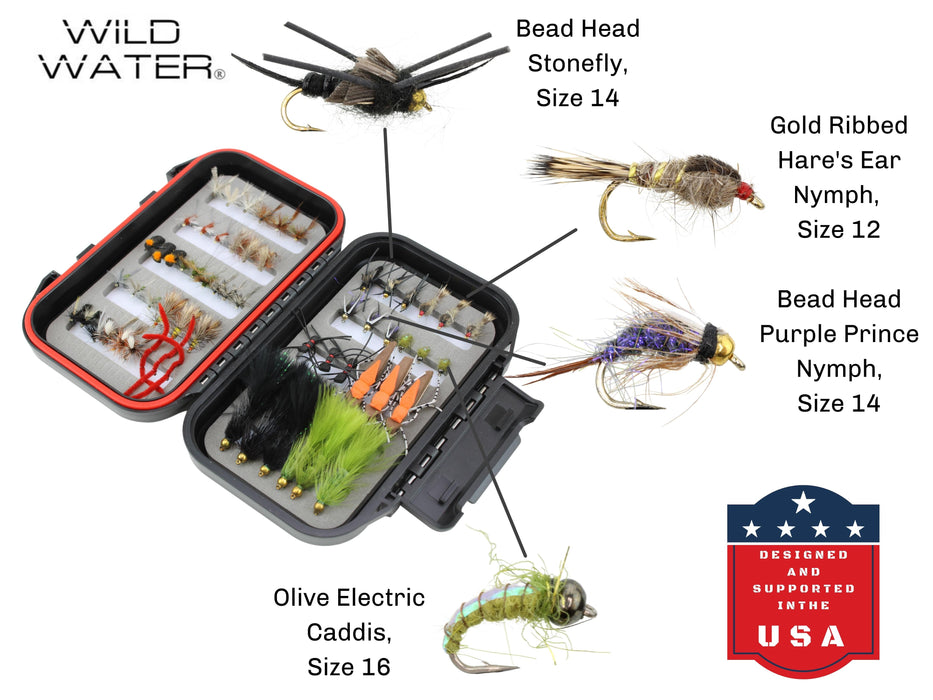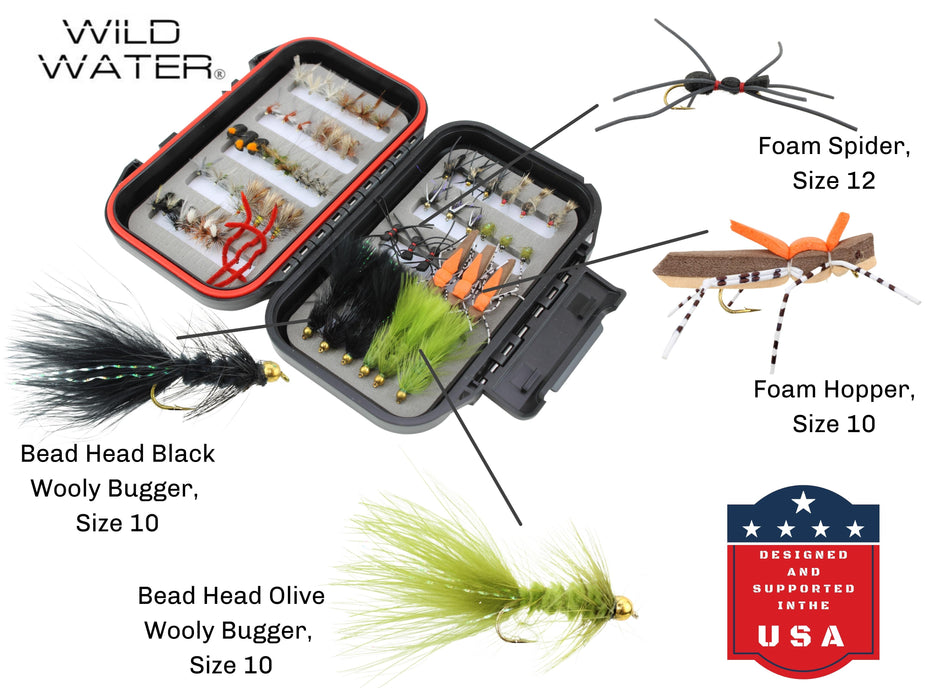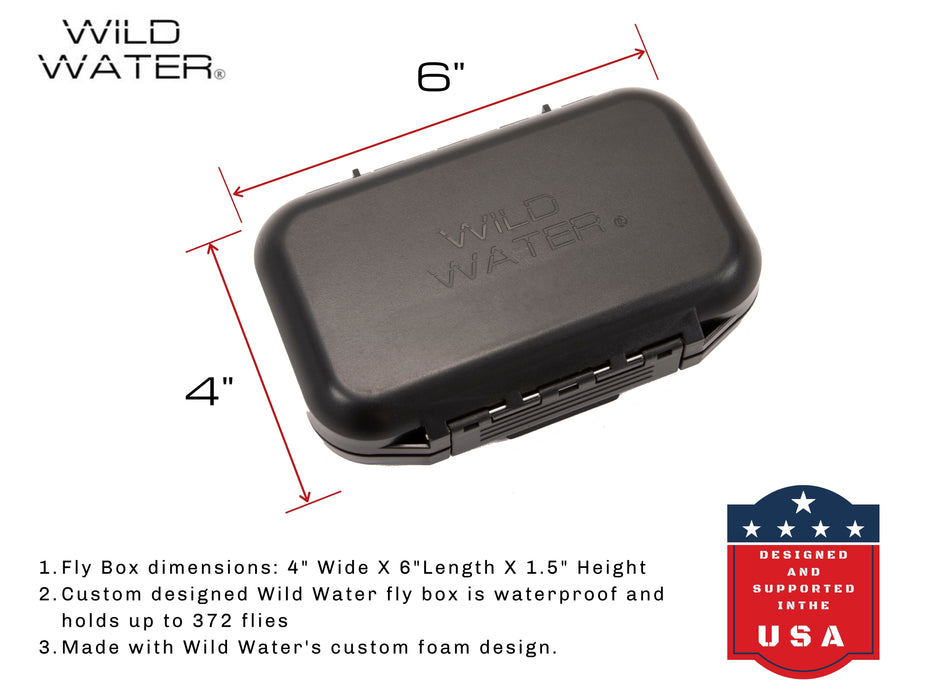At the end of a long day on the water, the motivation to take an extra 10 minutes to disassemble and clean your fly outfit is low. You’re tired, hungry and ready to head home to relax. These 10 minutes can mean an extra 10 years of use out of your gear. It’s best to take care of the tedious tasks right after you’re done fishing to ensure your outfit stays in top shape.
Here are some tips to help you properly disassemble and store your fly fishing outfit.
Start with your reel
Your fly reel is the life source of your rig. No fish could be caught without it. As a result, you need to give some extra TLC to this important piece of equipment.
Your first step is to snip the fly from the tippet and remove any leader or tippet that you don’t plan on using during your next excursion.
Next, reel in the fly line and listen to the sound of your reel. Does it sound like there is sand or other debris in it? If so, it’s smart to rinse the reel and clear the debris. The more you use the reel filled with debris, the weaker performance it will have.
Be sure to loosen the drag a bit as well. Constantly keeping the drag tight will put quite a bit of pressure on the internal components and wear them down. Once this is done, place the reel in a case far away from anything that may fall on and ruin it.
Rod Care
The best thing you can do to care for your rod is pay attention to its location. As you’re working with your reel, make sure it doesn’t slip and fall and it stays out of the way of any potential danger.
The safest way to disassemble your rod pieces is to twist and pull. Make sure you aren’t twisting by holding on to the guides. If you pull on the guides, they have the potential to break off and lead to some costly repair. Grab it in between guides, twist and pull up.
This quick video shows the proper way to break down your rod sections without damaging the guides or ferrules. Pay attention to the hand placement and twisting motion.
If you cleaned the rod before you assembled it, disassembly should be a simple and safe process.
Place the broken down rod into your rod sock and then put the rod sock and rod into the rod tube. Rod tubes are the safest way to store your rod because the hard body can withstand most accidental drops or other forms of excessive force.
Fly Care
The anglers who keep a clean fly box are special. Organizing each fly in color, style and purpose takes quite a bit of time. However, it does lead to simple and efficient changes on the water. If you know the exact box to grab, then you won’t waste as much time searching and fumbling around in your pack.
Do your best to keep your fly box organized. This may mean you take a look at each box once a week during your free time and reorganize. You’ll be extremely thankful that you took the time to do this before you hit the water.
A waterproof fly box is great to keep flies dry and to make the box float if you drop it in the water. The problem is when flies are wet and the box is sealed air tight. Let the flies dry completely before closing a sealed fly box.

